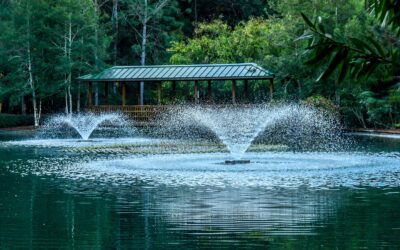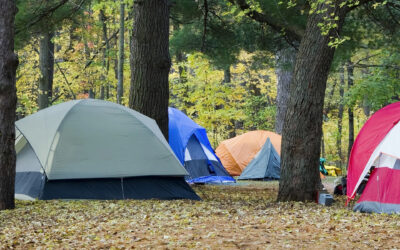
Indiana Jones once said that 98% of history and archaeology are found in the library, and then proceeded to romp his way through deserts, canyons, rivers and catacombs in direct contradiction to this claim. Thirty years later, he started telling his students to get out of the library and get some practical, hands-on experience.
We’re not saying he was necessarily wrong about libraries; books are wonderful resources for knowledge and archival information; they’re one of the most permanent records of the past. However, they’re also perspective-based narratives, written by people who were viewing history through a subjective lens. Seeing things for yourself – maybe even touching or holding an artifact – that’s a singularly unique experience that layers various perspectives, including your own.
History is all around us, wherever we go. Dig down a few feet anywhere in the world, and you’re bound to find a relic of the past (just be sure to check with Sunshine 811 to make sure it’s okay to delve first!). But you don’t necessarily have to gear up for an expedition; Central Florida has some amazing historic places to explore and delve into the rich history of this vibrant and colorful region. There’s something for the budding historian, the research-loving archivist, the inquisitive student, and the enthusiastic digger. If you’re interested in how days gone by have impacted the days ahead, we’ve got some great suggestions for how you can get started.
Citrus County
Old Courthouse Heritage Museum – Inverness
It was nearly demolished in the late 1880s, but the community and the Historic Society resisted and rallied, saving the old building from complete eradication. It was named to the National Register of Historic Places in 1992, and over the next 8 years underwent a major renovation and restoration.
The Old Courthouse Heritage Museum was unveiled in 2000, ushering in a new life for the building as both a chronicle of the county’s history and a research archive of its history through books, photos, artifacts, and oral traditions. For example, on permanent display is “Changing People, Changing Springs”, chronicling the importance of the freshwater springs and rivers which gave life and prosperity to the region. From the early days of the Paleoindians 10,000 years ago to the settlers who came by steamship and locomotive, the exhibit covers an impressive archaeological record of the people who came to live and work at the Springs.
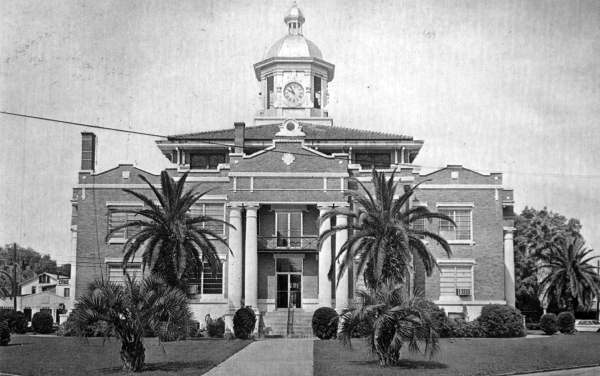
More about the Old Courthouse Heritage Museum
The Coastal Heritage Museum – Crystal River
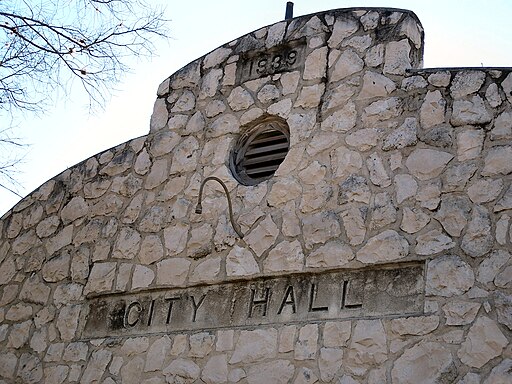
More about The Coastal Heritage Museum
Located in the Old City Hall building in Crystal River, this museum is bursting with exhibits, artifacts, vintage furniture and photos that mark the history of West Citrus County. The building was constructed in 1939 from locally-quarried Florida limestone, and was the first permanent home for the city government and municipal offices for the next 40 years.
Now home to the Heritage Museum and listed on the National Register of Historic Places, it’s a community and cultural hub. Open every Wednesday through Saturday, it offers multiple exhibits and displays of pioneer life, replicas of significant sites, and dioramas, and admission is free. The museum is also right in the heart of Crystal River, and you can walk to the many restaurants, shops and parks nearby – or take a tour to see the manatees that frequent the area. It’s a great day trip outing only an hour’s drive from Ocala.
Yulee Sugar Mill Ruins State Park – Homosassa
Part of the 5000-acre sugar plantation owned by David Levy Yulee, this historic site is a reminder of the history of slave labor in Florida and the industries which profited by it. Yulee’s sugar mill was a big supplier to the Confederate army during the Civil War, operating nonstop from 1851 to 1854. You can see the remains of the steam mill that was used to process sugarcane into syrup, molasses, and rum, plus the 40-foot limestone chimney, iron gears, and cane press that was left behind.
Listed on the National Register of Historic Places, this site was part of a sugar plantation that operated with the labor of enslaved people during the 1800s. The park features remnants of a steam-driven mill that processed sugarcane into syrup, molasses and rum. The mill operated from 1851 to 1864 and served as a supplier of sugar products for Southern troops during the Civil War. However, the Union navy started blockading several markets Yulee supplied, and eventually forced the mill to close.
Today it’s part of the Florida State Parks system and the National Register, and is open from 8am to sundown every day, with free admission. There are plenty of trails and natural beauty surrounding the ruins for visitors to explore, plus a shady pavilion, picnic spots, and grills available for cookouts.
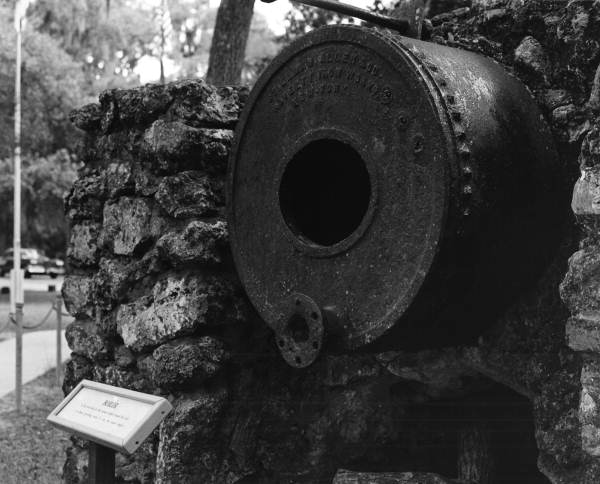
More about Yulee Sugar Mill Ruins State Park
Fort Cooper State Park – Inverness
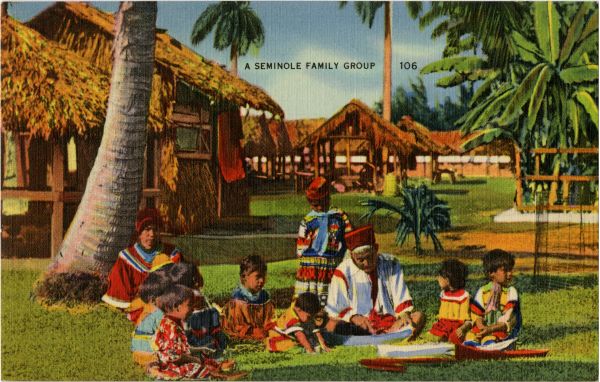
More about Fort Cooper State Park
For avid outdoor lovers, there are tons of things to do, from hiking, birdwatching, swimming, fishing, camping, boating, or just relaxing. The Great Florida Birding Trail is accessible from here, offering self-guided trails and great wildlife viewing, plus natural areas where plants and animals thrive – including endangered and rare species. The popular Withlacoochee State Trail is connected by a paved pathway, and you can enjoy picnic facilities, a playground, and shady spots on the shore of Lake Holathlikaha. The lake is a popular fishing spot, and if you’re into bats, you can watch their nightly sortie from the bathhouse at sunset.
Floral City and Heritage Museum – Floral City
Nestled in the southeastern end of Citrus County, Floral City is a bit of a timewarp where visitors step into “Old Florida” and a charming, small-town vibe. Designated a Historic District in 1993, its name hearkens back to before people started settling here and nothing but wildflowers covered the landscape. Surveyed by Senator Austin Mann and W.H. Havron, this little hamlet was – believe it or not – once a bigger boomtown city than Miami because of the phosphate mining industry in the area. But like many mining boomtowns of its day, things changed and operations moved to other, more profitable places. What’s left behind are the gorgeous historic homes, picturesque setting right on Tsala Apopka Lake, and a soothing sense of nostalgia.
The Heritage Museum was established at the old Fire Station Building in 2009 and celebrates the city’s incredible, storied, and multifaceted history. From its bustling early days during the mining boom to the present, the lovingly curated exhibits offer a glimpse into the daily life and past of people who are long gone and who shaped this community. Locally run by volunteers, the museum is open September through June and is open Fridays and Saturdays from 10am to 2pm. Admission is free, inviting visitors to view the artifacts, photos, dioramas, or browse the country store and appreciate the rich heritage that continues to make Floral City the gem it is.
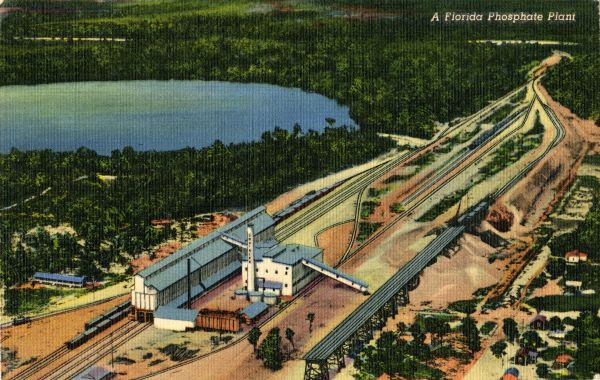
More about the Floral City Heritage Museum
Ocala/Marion County
Fort King National Historic Landmark
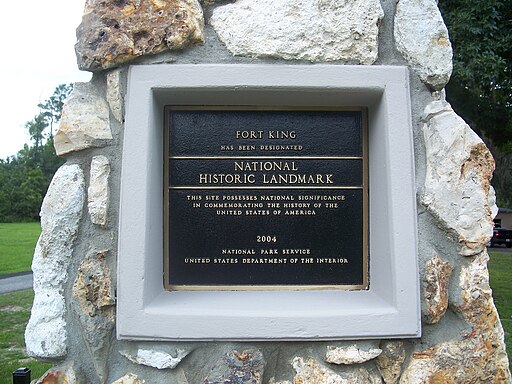
More about Fort King National Historic Landmark
Situated on forty acres right in the heart of Ocala, Fort King has a pivotal place in Florida history. Jointly owned by the City of Ocala and Marion County, this National Historic Landmark preserves the remnants of a bygone era that impacted not just the city, but the region. Originally built in 1827 and named for Colonel William King, it was meant to be a buffer between settlers and the Seminole during the 1830s. In 1896, it was abandoned and burned by the Seminole, and the following year a second fort was built and served as military HQ for the majority of the Second Seminole War, playing a crucial role in the conflict and the ultimate removal of the First Nation people.
After the war, it became Marion County’s first county seat, housing the inaugural courthouse and serving as a hub for public assembly. Today, it stands as a testament to acknowledgment of conflict and rebuilding of community—a tangible link to our past. Operated by the City of Ocala, The Fort King Heritage Association is a not-for-profit corporation that was created to preserve and develop the site’s history. They work closely with the city and County to advance understanding and education about Fort King, developing it into more than just a landmark; it’s a living connection to the region’s heritage.
The Visitor Center displays artifacts and exhibits that breathe life into the rich history, and they have a wonderful film which delves into the significant events that unfolded right here in Ocala. Adjacent to the Visitor Center, the Archaeological Resource Center showcases artifacts unearthed on-site during the Fort’s re-creation. It educates visitors about the archaeological process and reveals new discoveries, including those from the blacksmith shop excavation. The Fort King replica – one of the few forts reconstructed to actual size – invites exploration. The nearby Heritage Garden—a teaching garden—nurtures native Florida plants and educates visitors year-round, seven days a week, from sunrise to 5pm.
Marion County Museum of History and Archaeology
A lot of history is in the artifacts – the stuff that those tireless intrepids of archaeology unearth after sometimes years of poking around and searching. This research and teaching institution offers the fruits of that labor, and a riveting journey through time. The exhibits and programs span a whopping 13,000 years of human history, which makes it a gold mine for researchers and visitors alike.
As you walk in, you’ll find displays that transport you back to pivotal moments: The clash of cultures during the Seminole Wars, the establishment of early settlements, and the growth of Ocala from a fledgling town to the vibrant and energetic community it remains today. The museum’s commitment to education extends beyond its walls, with lectures and programs presented by the Marion County Historical Association. The artifacts—carefully curated and preserved—remind us that Marion County’s roots run deep. From the struggles of pioneers to the triumphs of community leaders, each exhibit is a tale of resilience, innovation, and a shared narrative.
From ancient bones to the pioneers, the triumphs of community leaders and the struggle of the First Nations, the museum houses the diverse heritage that shaped Marion County. The museum has several educational programs and lectures available, History and Archaeology library, Genealogy Library, and a gift shop. Admission is $3 per person; kids under 13 are free, and the facility is open from 10am to 3pm Monday, Tuesday, and Thursday through Saturday. Whether you’re a history buff, a student, or just a person with a thirsty curiosity, this is a great place to burrow in and get lost for a few hours.
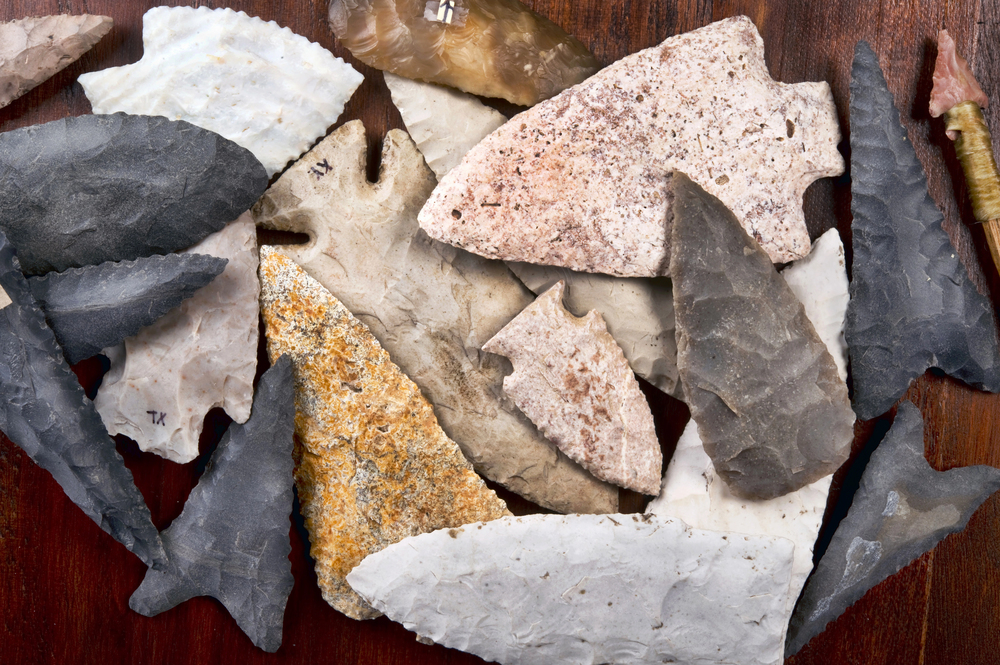
More about Marion County Museum of History and Archaeology
Dunnellon Boomtown Historic District
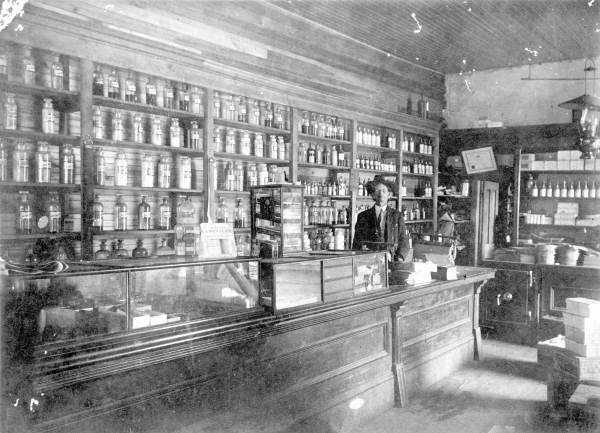
More about Dunnellon Boomtown Historic District
20199 Walnut St.
Historic District: McKinney Ave., Illinois St., Pennsylvania Ave., and Cedar St
Dunnellon, Florida
Dunnellon is an old town, dating back to 1800s Florida, and thrived as a hard rock phosphate mining boomtown and trading center. It was, in a word, a major hub of commerce and industry, and people flocked there to live and work. The Historic District preserves the legacy of this vibrant era, with homes and buildings that stand witness to the resilience of the community.
Far from being frozen in time, the district is a living heritage of 70 historic buildings, and many of them are open to the public. Some have started new lives as shops and restaurants, and others offer tours for the curious. The architecture reflects various styles from the past century – from Victorian to Craftsman, showing the evolution and development of different designs, tastes, and styles.
Local residents take pride in the conservation of the city’s history and the inviting draw it has for visitors who flock there for day trips and long holidays. There are walking tours, educational events, annual celebrations and programs available for people to enjoy, plus great antique, art, and craft shops, and lots of restaurants dotted all over the town where people can take a break and enjoy a beer by the shores of the Rainbow River.
Ma Barker House
Tucked securely on Carney Island Recreation and Conservation Area, the Ma Barker House is steeped in legend and is a feat of modern engineering. The notorious and infamous Barker-Karpis gang was a ruthless and prolific criminal organization that terrorized the country during the 1930s – the era of outlaw gangsters and Prohibition. You’ve probably heard about Al Capone, Elliot Ness, and the Untouchables, or couple-on-the-lam Bonnie and Clyde. The Barker Gang would probably have given all of them a run for their money.
On January 16, 1935, the Barker House became the epicenter of a dramatic gun battle that would go down in the annals of FBI history. Kate “Ma” Barker, the matriarch of the gang, and her son Fred Barker were cornered by federal agents. The ensuing shootout lasted for hours; bullets flew back and forth, with lawmen determined to sit out the siege and bring the gang to justice. When the dust settled, both Ma Barker and Fred lay dead, their criminal careers finally ended. The house, once their secure safehouse and hideout retreat, was witness to their final stand.
Today, the Ma Barker House survives as a testament to that tumultuous era. Saved from destruction in 2016, Stentiford Construction devised an ingenious plan to float it across Lake Weir on pontoons to its current location at Carney Island Recreation and Conservation Area. The interior has been meticulously restored to its 1930s appearance. As you walk through this time capsule, it’s not hard to imagine the lives of those who sought refuge within its walls. The Ma Barker House isn’t just a relic; it’s a living connection to Florida and the nation’s legendary and fraught past with Prohibition. This is a place where true crime enthusiasts, history buffs, and curious minds can explore the dark secrets hidden behind its weathered facade.

More about the Ma Barker House
Ocala Historic District and Downtown Square
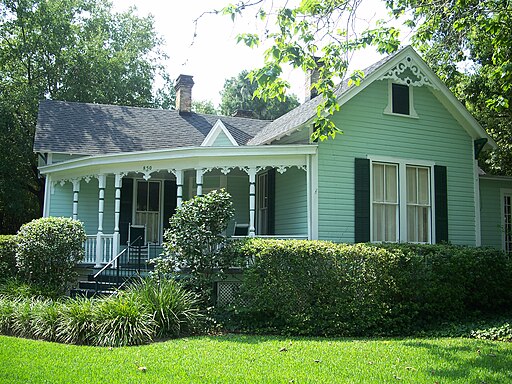
More about Ocala's Historic District and Town Square
712 E. Fort King St. – Historic Neighborhood
1 SE Broadway St. – Downtown Square
Ocala, FL
Developed as a residential neighborhood between circa 1880 and 1930, the Historic District reflects the town’s evolution during significant periods, with over 200 historic homes showing the architectural styles that evolved over time. Queen Anne Revival residences dominate the earliest development along Fort King Street, while the Florida boom of the 1920s left its mark in the revival-style homes along Fifth Street. Live Oak trees canopy the streets, and small green spaces enhance the quality of life. The Ocala Historic District remains a cherished and poignant link to the area’s history, preserved through adaptive use and rehabilitations that make each property a vital and vibrant part of the present.
Ocala’s Historic Downtown Square is a blend of the old and new. Its roots trace back to the mid-19th century when Ocala emerged as a bustling town. Fort King Road, a major transportation route and navigational landmark, played a pivotal role in shaping the town’s eastward growth. In 1846, engineer David Bruton surveyed and platted Ocala, creating the city’s first layout. The Public Square – now the heart of the historic district – was set aside for a permanent courthouse, and the venerated Gazebo stands where the original was in 1906, when President William Jennings Bryan climbed its steps to deliver a campaign stump speech.
Over time, the square has witnessed everything big and small in the tapestry of Ocala’s evolution, from major auctions, land sales, and the rise of businesses. Today, it’s a hub of activity—home to restaurants, boutiques, theaters, and community events. The historic movie theater screens first-run films, while the surrounding streets buzz with life. Ocala’s Historic Downtown Square bridges the past and present, inviting visitors to explore the nooks and corners and discover Ocala for themselves.
Looking to explore more 5×5 guides of Ocala and the surrounding communities?
5×5 In Marion and Citrus Counties | Hidden Gem Parks
Every city has a section of green within its...
Showcase Five by Five | Farm to Table in Marion and Citrus Counties
These days, planning a trip to the grocery store...
Showcase Five by Five | Camping in Marion and Citrus Counties
We’re pretty lucky to live in a part of Florida...
